Introduction
Securitisation is a cornerstone of modern capital markets, allowing financial institutions to transform illiquid assets into tradable securities. A critical component of many securitisation structures is the orphan entity—a vehicle that ensures independence from the originator and safeguards investors. While Luxembourg frequently uses special purpose vehicles (SPVs) and private foundations in this role, trusts can also serve as orphan entities, particularly when cross-border or common law considerations are involved.
What Is an Orphan Entity?
An orphan entity is a legally independent structure that holds the securitised assets, thereby ensuring:
- Bankruptcy remoteness – The assets are shielded from claims against the originator.
- Neutrality – The entity has no shareholder who could exert undue influence.
- Investor protection – The rights of noteholders are safeguarded by the trustee or governing body.
In Luxembourg, orphan entities are typically created by transferring ownership to an independent foundation or by placing shares of an SPV into a trust.
Why Use a Trust as an Orphan Entity?
Trusts are especially useful in securitisation transactions with international or common law elements. Their advantages include:
- True separation of ownership: Assets placed into trust are held by the trustee, not by shareholders, ensuring independence from the originator.
- Flexibility in structuring: The trust deed can be tailored to meet the needs of the transaction, including the rights of noteholders and the duties of trustees.
- Global recognition: Thanks to the Hague Trust Convention, Luxembourg recognizes foreign trusts, making them effective in cross-border deals.
- Efficiency: Using a trust eliminates the need for equity holders in the SPV, reducing governance complexity.
How the Structure Works
- Creation of the SPV: An SPV is incorporated in Luxembourg to issue securities backed by the underlying assets (loans, receivables, leases, etc.).
- Transfer to the Trust: The shares of the SPV are transferred into a trust, with a professional trustee holding them for charitable or purpose-driven reasons (often with nominal beneficiaries).
- Management by Trustee: The trustee ensures that the SPV acts independently and solely in line with the transaction documents.
- Securitisation Process: The SPV issues securities to investors, backed by the securitised assets, while the trustee safeguards bankruptcy remoteness.
Advantages Over Other Structures
- Compared to private foundations: Trusts are more familiar to Anglo-Saxon investors and counterparties, making them attractive in international transactions.
- Compared to corporate shareholders: Trusts avoid potential conflicts of interest that could arise if the SPV were owned by an affiliated company.
- Legal certainty: Trustees have fiduciary duties, providing investors with reassurance that the trust will be managed for their benefit.
Practical Considerations
- Trustee selection: The trustee must be a reputable, professional entity, often a bank or fiduciary firm, with the capacity to act in securitisation structures.
- Regulatory compliance: Even when used as an orphan entity, the trust must comply with Luxembourg’s anti-money laundering (AML) and beneficial ownership register obligations.
- Tax neutrality: Proper structuring ensures that the trust does not create adverse tax consequences for the SPV or investors.
Conclusion
While Luxembourg foundations and corporate structures remain the most common orphan entities in securitisation, trusts play a vital role in transactions with cross-border or common law features. By providing bankruptcy remoteness, neutrality, and flexibility, trusts help ensure the integrity of securitisation structures and enhance investor confidence.
As capital markets continue to evolve, the ability to combine Luxembourg’s robust securitisation framework with internationally recognized trust law offers issuers and investors a powerful structuring tool.

